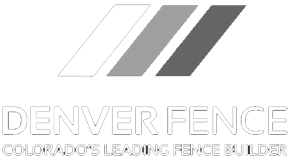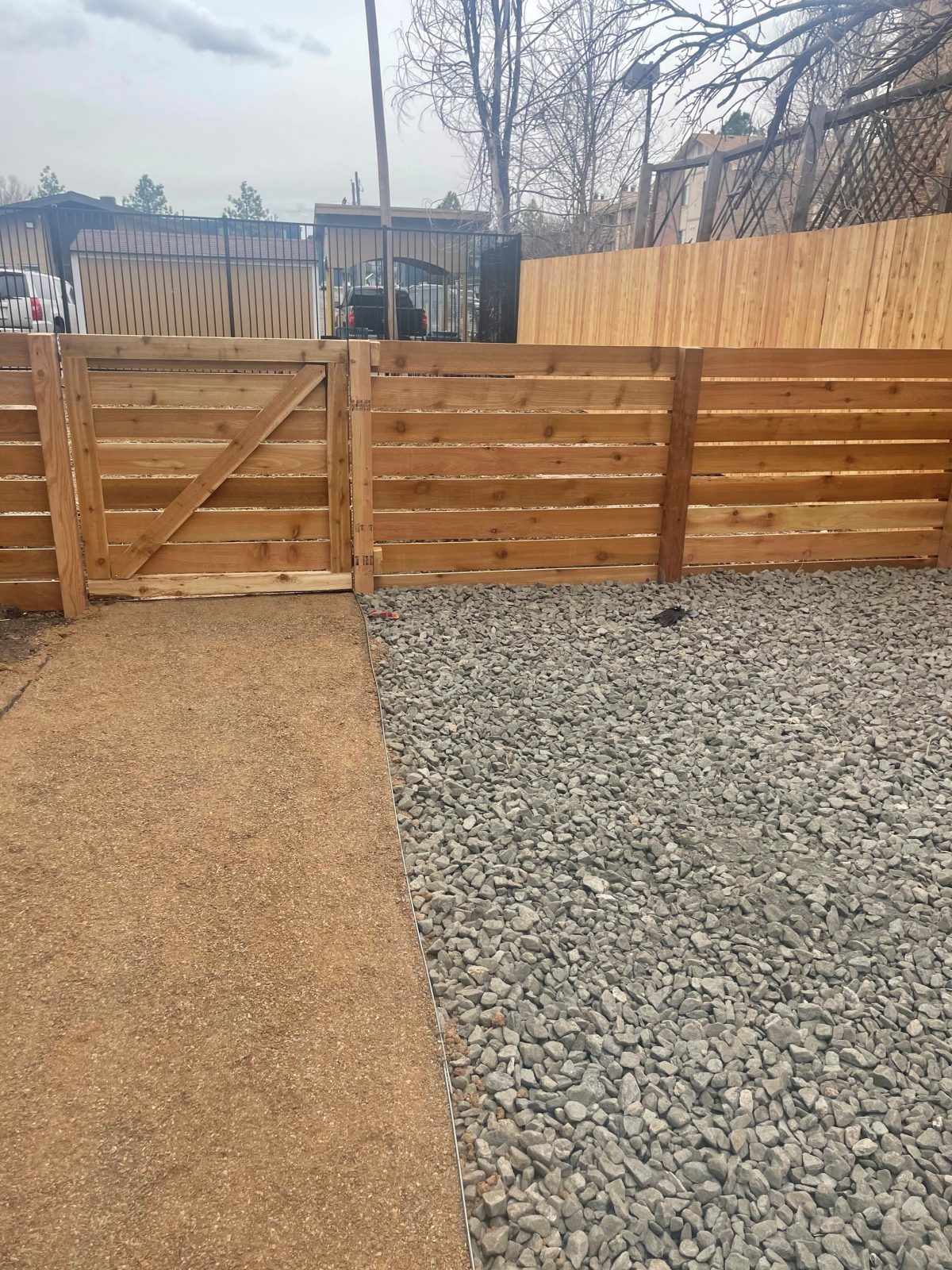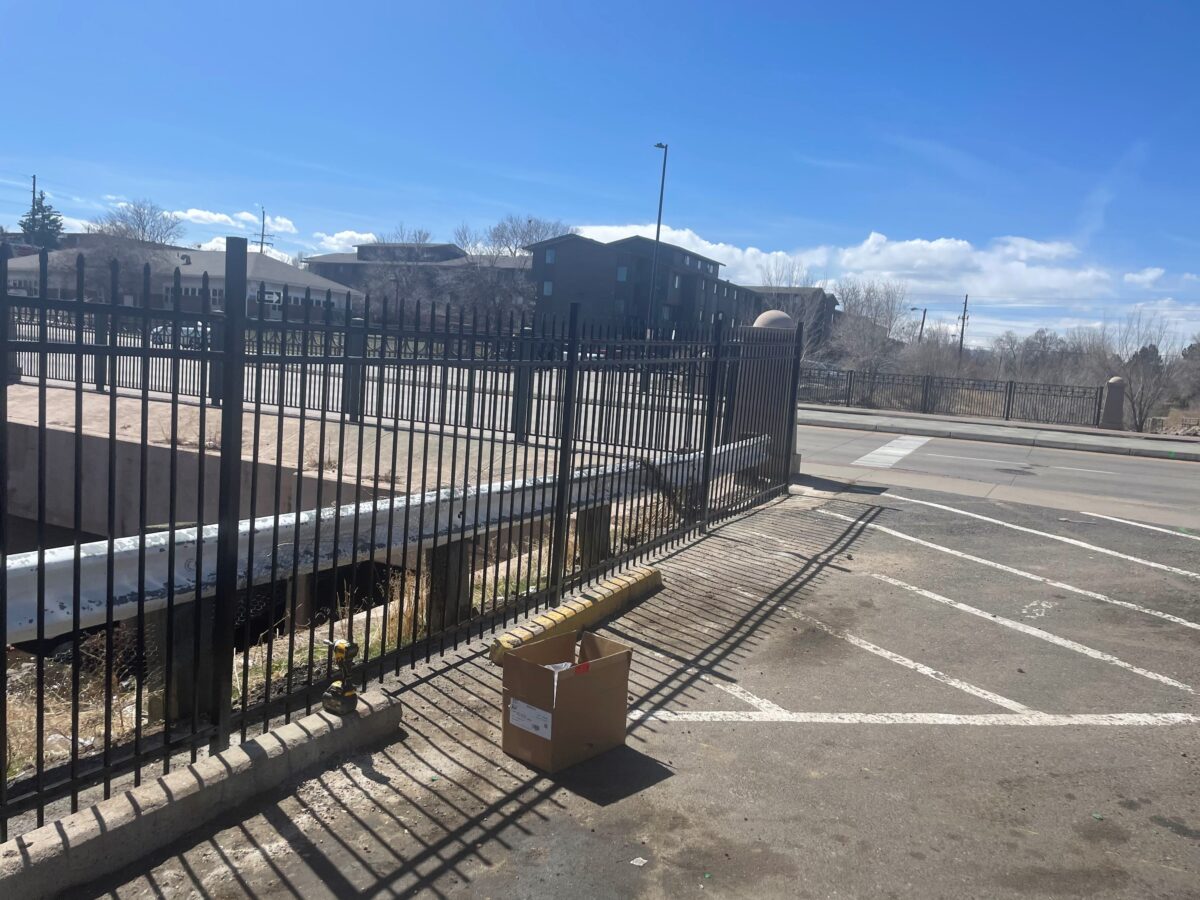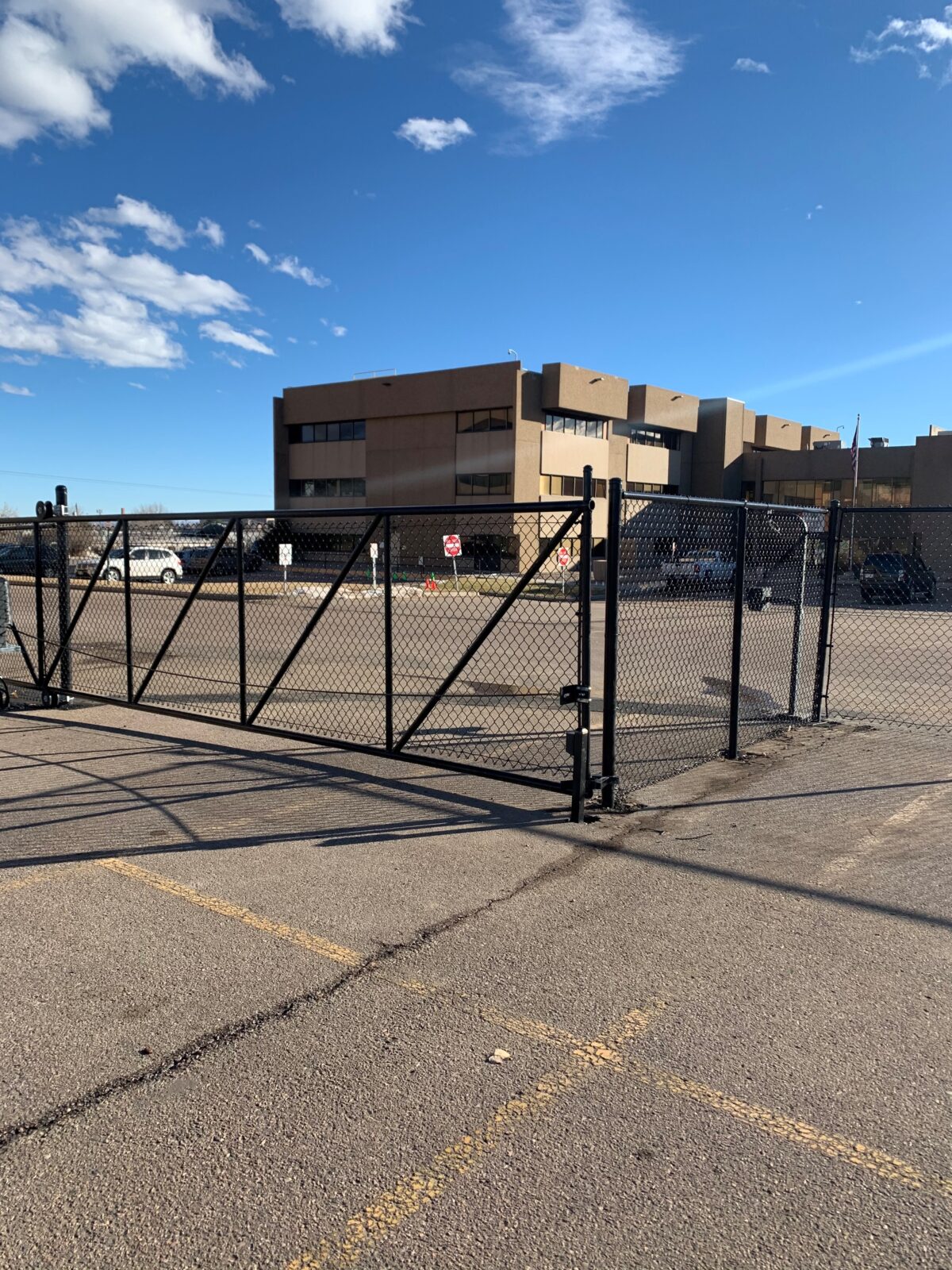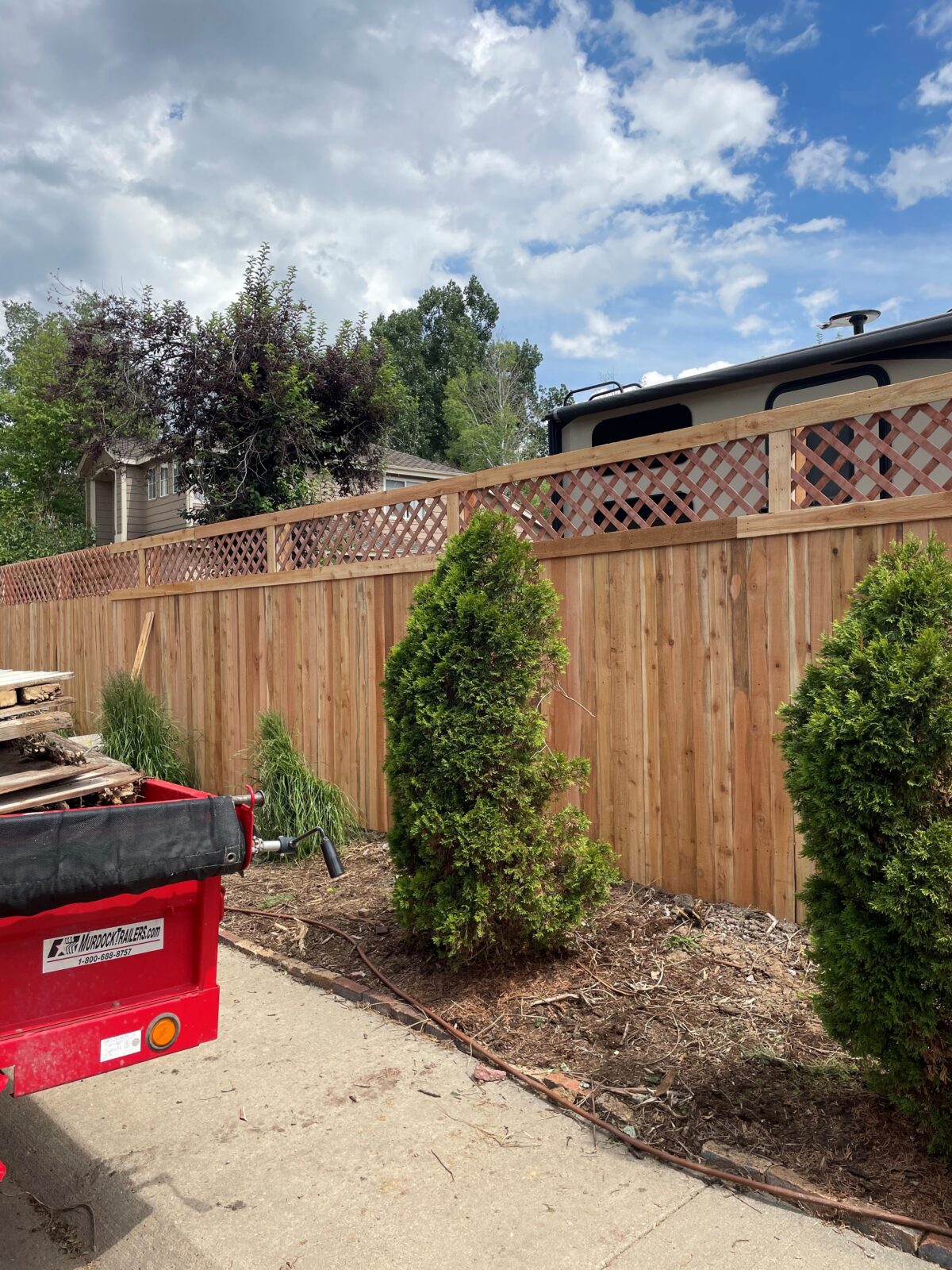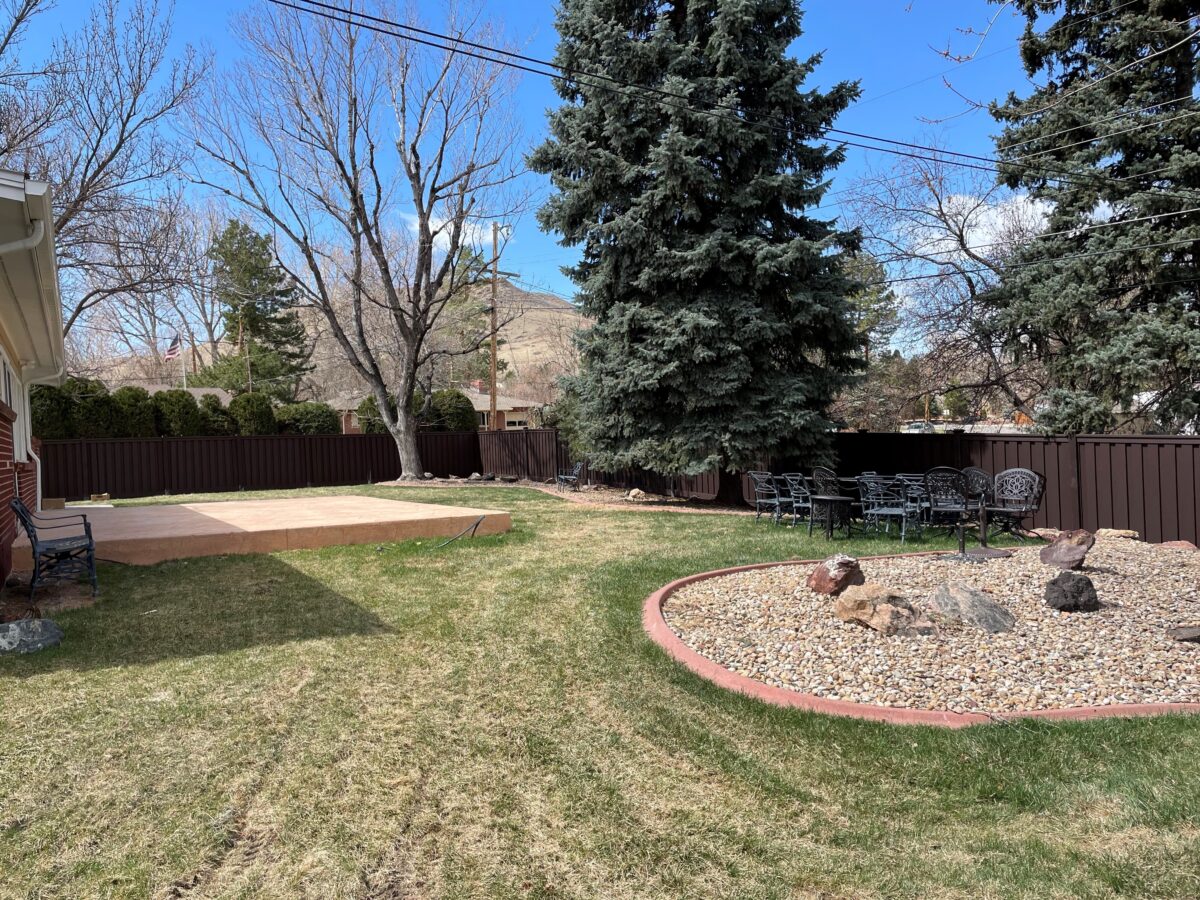Getting a New Pool? Don’t Forget the Pool Fence
Late spring and early summer is prime time for new inground pool installation in the Denver area. But before you take that first swim, make sure you’ve arranged to have a pool fence installed. For safety and liability reasons, you don’t want it to be an afterthought.
Many pool contractors install the pool and don’t do anything else. In this situation, you’ll need to hire a reputable and experienced Denver fence company to design and install your new pool fence. You’ll need to be sure to follow the Colorado code as it applies to swimming pools and fences.
Pool Fence Regulations
Did you know that you must have a pool fence installed before the pool contractor can legally fill your inground pool with water? And the fence must meet or exceed certain specifications, including:
- Fencing must completely encircle the pool, and if the house is part of the barrier to entry, it must have pool entry warning alarms.
- The pool fence must be at least 4’ tall.
- The gate must open out (away from the pool) and have a self-closing mechanism.
- Pickets should not be spaced more than 4” apart.
This is all for the safety of your children and neighborhood children and pets. By having a pool fence installed, you can also help keep wildlife out of your pool area. Your homeowner’s insurance may also require that if you have a pool, you have it properly fenced in.
Pool Fence Ideas
So now you know how high the fence should be and what kind of gate you need. Now it’s time to look at some attractive pool fence ideas. The big thing to decide is if you want your pool area to be visible to your neighbors.
Privacy Pool Fence
Many people decide they would like to keep their pool area shielded from prying eyes. If this sounds like you, you may want to consider building a fence that’s taller than the required 4’. By installing a privacy fence around your backyard (cedar, vinyl, Trex®) you provide privacy and enhance the look of your home.
Which material you choose will depend on your tastes, budget, and how close to the pool the fence will be. For instance, you would not want a cedar fence if it would continually get water splashed on it.
Pool Fence with Pickets
You can also opt for a vinyl picket fence, which is lower than a privacy fence and lets you see into the pool area. This can be a good option if you have a larger property and you just want to fence in the pool area.
Steel Ornamental Pool Fence
If you have a larger property and you’d like to be able to see what people in the pool area are doing, or you don’t care about the neighbors, steel ornamental fencing is another good option. It gives the elegant look of wrought iron but doesn’t require all that maintenance.
Deciding which type and style of pool fence you want can be a bit overwhelming. We would welcome the opportunity to discuss some of your options with you to help you make an informed choice.
Related Reading: Fence Installation FAQs
Get a Pool Fence Installation Quote
Do you want a beautiful pool fence to complement your new pool? We can help. To get a fence installation quote, set up an on-site consultation using the contact form or call (720) 418-8194. We offer some of the best Denver pool fence installation prices you’ll find.
We guarantee a quality fencing installation that will enhance your home and pool. We proudly serve clients in the Denver metro area, including Arvada, Golden, Lakewood, Littleton, Wheat Ridge, and surrounding areas.
